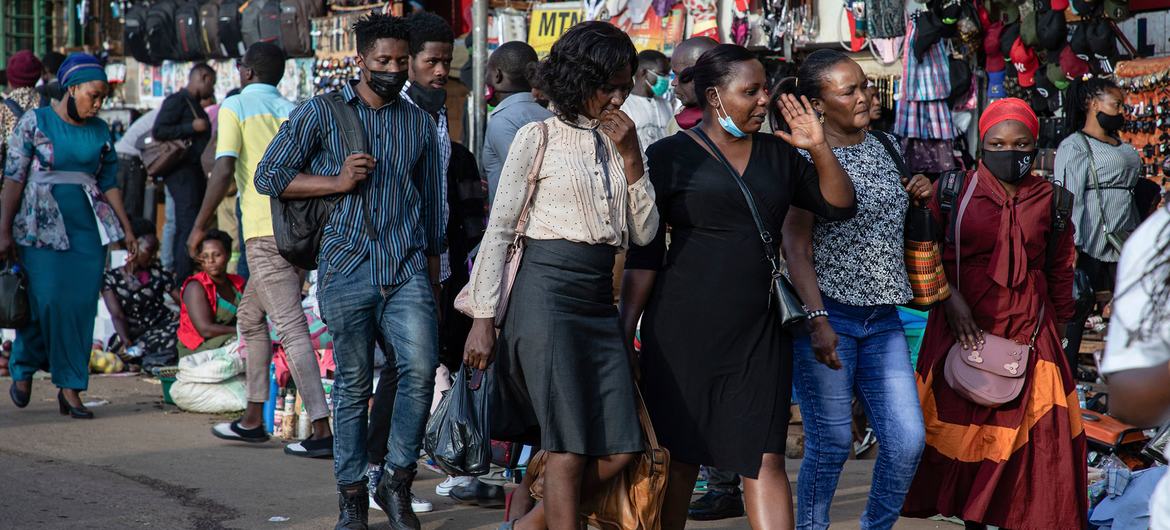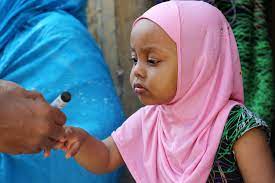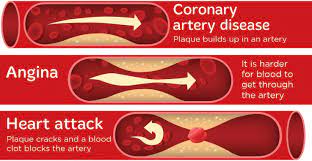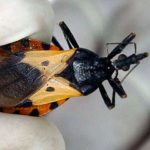As the coronavirus which causes COVID-19 continues to evolve, we cannot afford to ‘lose sight’ of the changes, the UN health agency said on Wednesday, warning that lower case numbers and deaths do not necessarily mean ‘lower risk’.
Last week saw the lowest number of COVID-19 deaths since the early days of the pandemic, but some countries are still witnessing ‘serious spikes’ which are putting pressure on hospitals.
“Our ability to monitor trends is compromised as testing has significantly reduced”, the UN World Health Organization’s (WHO) director told journalists in Geneva.
Tedros Adhanom Ghebreyesus reiterated that higher testing and sequencing rates are vital for scientists to track existing variants and to identify new ones as they emerge.
“At present there are a number of Omicron sub-lineages we’re following closely, including BA.2, BA.4 and BA.5 and another recombinant detected, made up of BA.1 and BA.2”, he said.
The latest sub-lineages BA.4 and BA.5 have been reported in a number of countries, including South Africa and some European nations, WHO lead epidemiologist Dr. Maria Van Kerkhove informed.
“There are less than 200 sequences available so far and we expect this to change…We are tracking (the virus) very closely to see if there is any uptick in case detection, but (so far) we haven’t seen any change in epidemiology or severity”, she highlighted.
We can’t lose sight of the virus
WHO’s director of emergencies, Michael Ryan, warned that as the virus continues to evolve, the world “cannot simply afford to lose sight of it”,
“It would be very short-sighted at this point to assume that lower numbers of cases mean absolute lower risks. We are pleased to see deaths dropping but this virus has surprised us before, it has caught us off guard before.
“We need to do our jobs and track this virus the best we can, while people go back to live their lives as normally as possible”, Dr. Ryan explained.
Meanwhile, WHO’s lead scientist Dr. Soumiya Swaminathan, warned that sub-lineages and recombinants will continue to appear, and the world must continue investing in improved tools such as new vaccines.
“We have to be prepared for the possibility that this virus can change so much that it might be able to evade existing immunity”, she said.
Still an emergency
Tedros emphasised that currently, the virus remains deadly, especially for the unprotected and unvaccinated that don’t have access to health care and antivirals.
“The best way to protect yourself is to get vaccinated and boosted when recommended. Continue wearing masks – especially in crowded indoor spaces. And for the indoors, keep the air fresh by opening windows and doors, and invest in good ventilation”, he urged.
This week, the International Health Regulations Emergency Committee – which evaluates the global state of the situation with COVID-19– unanimously agreed that the pandemic remains a public health emergency of international concern.
“Far from being the time to drop our guard, this is the moment to work even harder to save lives”, Tedros said, citing the Committee’s decision.
The WHO chief said that this means making sure that COVID-19 tools are equitably distributed and simultaneously strengthening health systems.
“Bridging the vaccine equity gap is the best way to boost population immunity and insulate against future waves”, he highlighted.
He also emphasised the need for a new pandemic treaty.
“A new pandemic accord is our best collective defence against known virus’s and of course the next disease X”.














